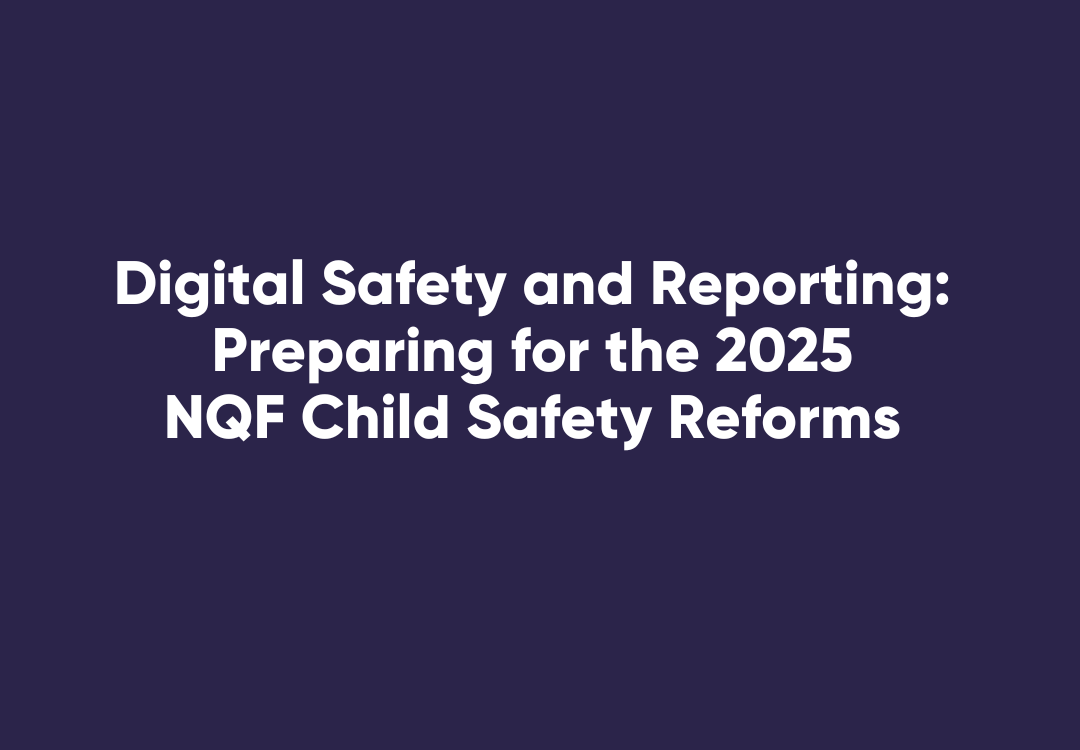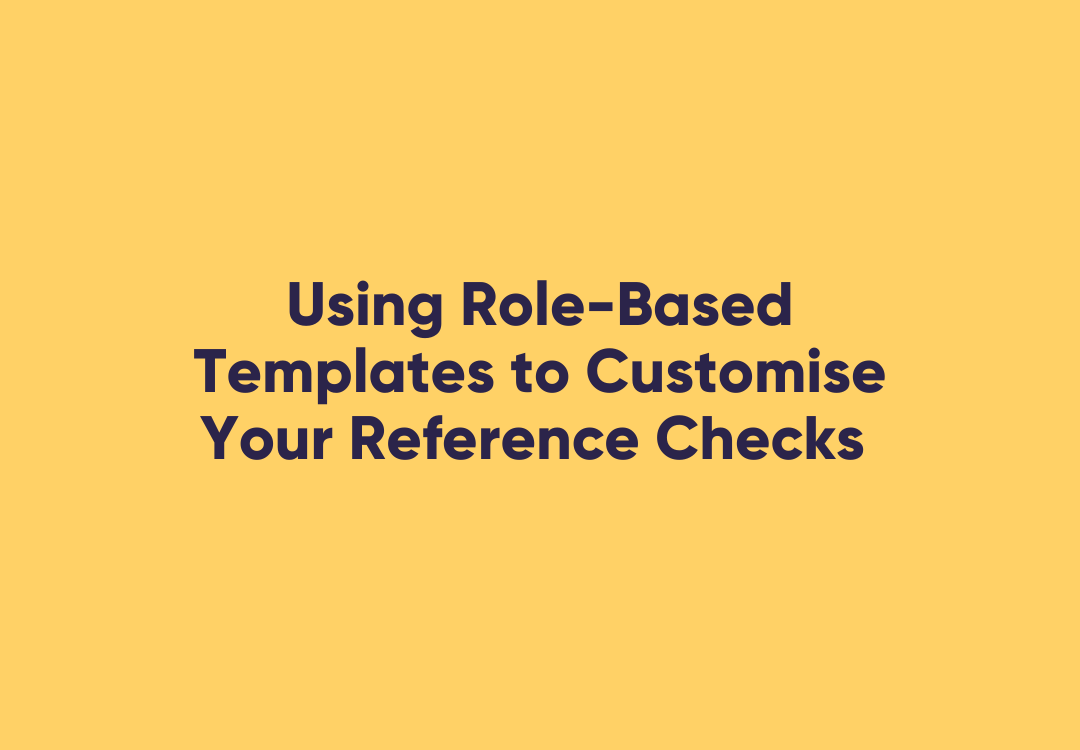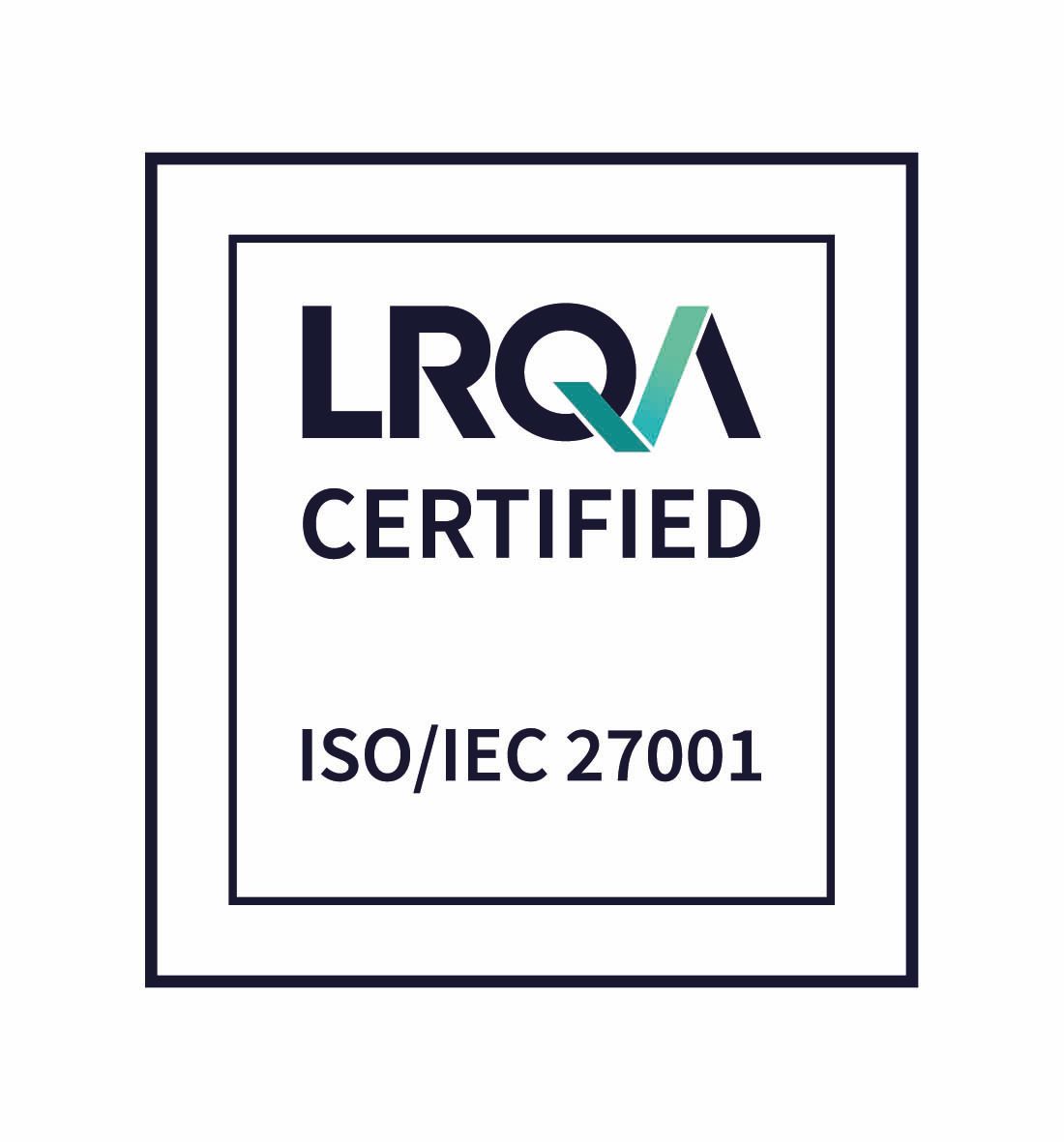Top Five Onboarding Tips to Set Your Workers Up for Success
The onboarding process can play a pivotal role in how quickly new hires are embedded and start contributing to the organisation, how well they’ll be able to perform and how likely they are to stay.
Workers typically have about three months to show their employers they’ve got what it takes, according to SHRM Foundation’s research*.
At the same time, a study by Aberdeen** revealed that 85 per cent of new hires make their own decisions about remaining with an organisation within the first half a year on the job.
Strong onboarding makes a good first impression, and can set workers up for success to thrive in their positions and feel more engaged.
Furthermore, effective onboarding processes reduce the amount of time it takes for new hires to start being productive.
Therefore, improving this step can ultimately help businesses get a better return on their talent investment.
So, what can HR departments do to improve their employee induction and training procedures?
Here are 5 tips for good onboarding:
- Eliminate paperwork and streamline the process. Digital platforms for collecting financial information, signing documents, completing screening requirements and so on reduce the amount of time it takes to set new hires up. That both improves their experience and speeds up their contribution, especially if you’re able to have everything arranged by their start date.
- Communicate the organisation’s values and objectives. Company policies, including work health and safety expectations, along with mission statements and messages from managers give workers a better idea of what they need to do to excel at their job and within the community and helps them familiarise themselves with the company.
- Set clear goals and an action plan. Outlining steps in the training process and having a clear plan for giving workers’ responsibilities both shows them what they can expect and helps keep everyone on track.
- Provide resources and support. Training sessions, online resource libraries and mentors all play a key role in getting new hires up to speed. Ensure workers have the information and tools they need to learn the tricks of the trade, and begin conversations about their professional development early to boost engagement.
- Ask for feedback. Checking in on how their experience was and what could be improved enables you to give extra assistance where necessary and continually refine your process. It also opens lines of communication, so workers know their opinions matter – a key driver of engagement.
*SHRM Foundation, “Onboarding New Employees: Strategies for Success”.
**Aberdeen Group, “Onboarding Benchmark Report”











